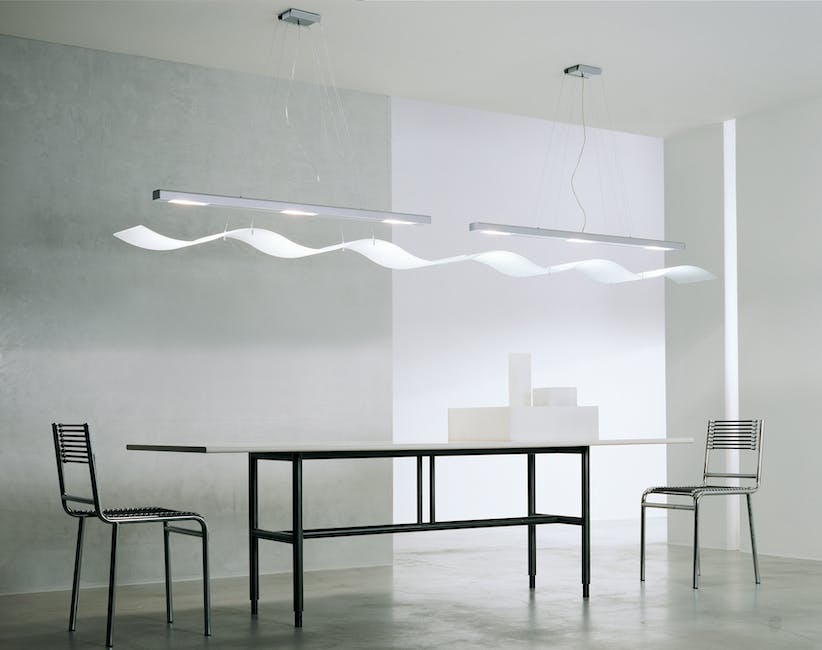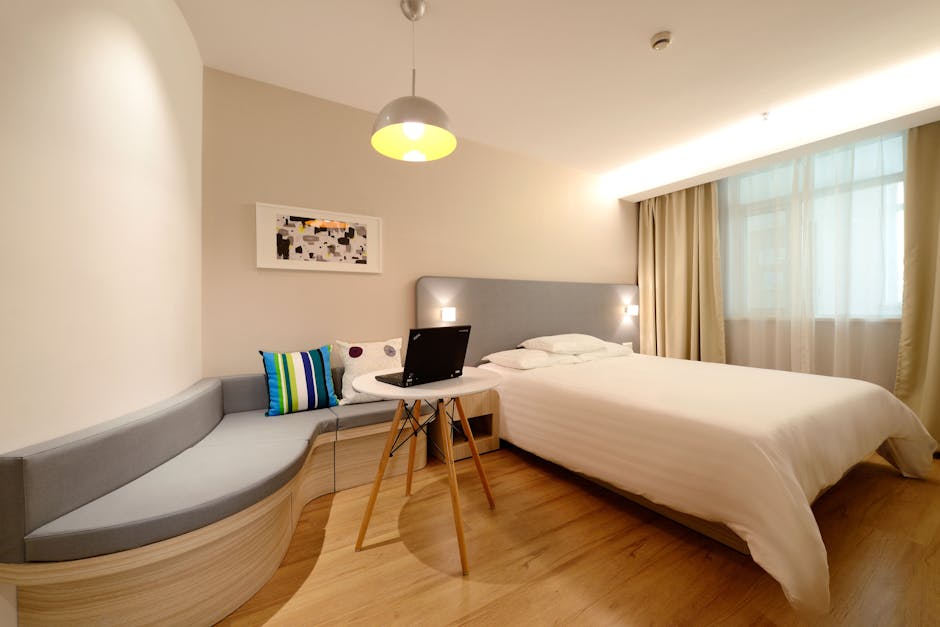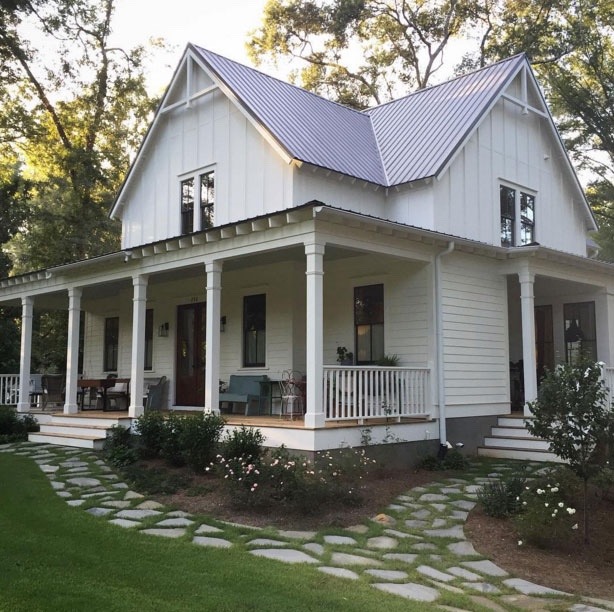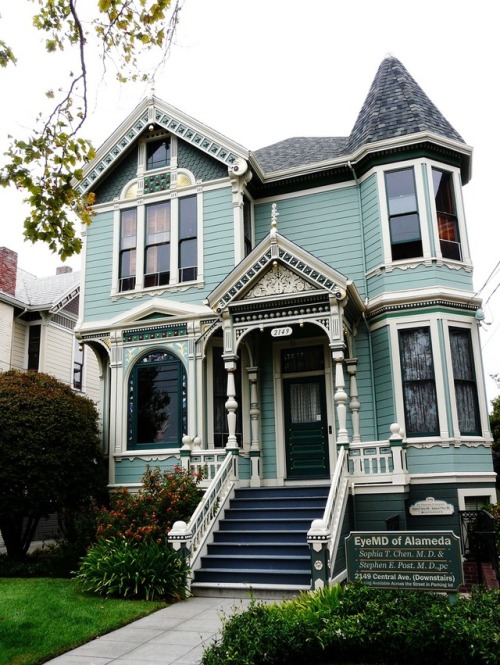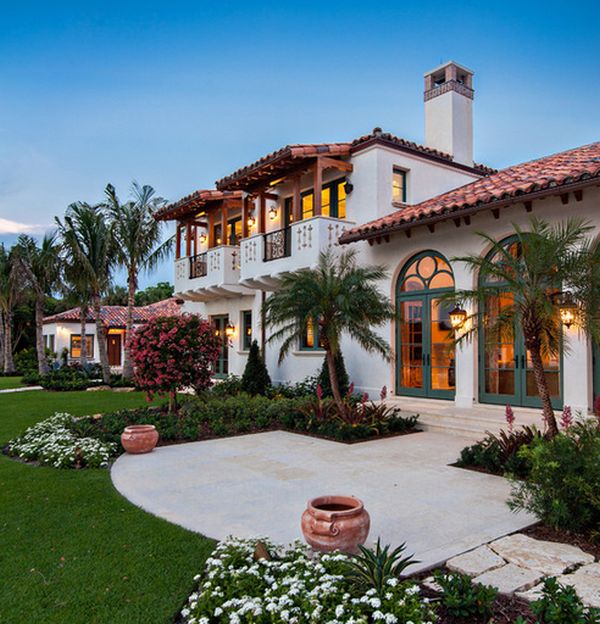5. MID-CENTURY MODERN
Mid-century modern is a throwback to the design style of the mid-1900s—primarily the 1950s and 60s. There’s a retro nostalgia present in Mid-Century Modern Design, and also some elements of minimalism. Functionality or “fussy-free” was the main theme for Mid-century design. It emphasis on pared-down forms, natural or organic shapes such as “egg-shaped” chair, easy-to-use contemporary designs and simple fabrications. It easily complements any interior and also helps with seamless transition from interior to exterior.



